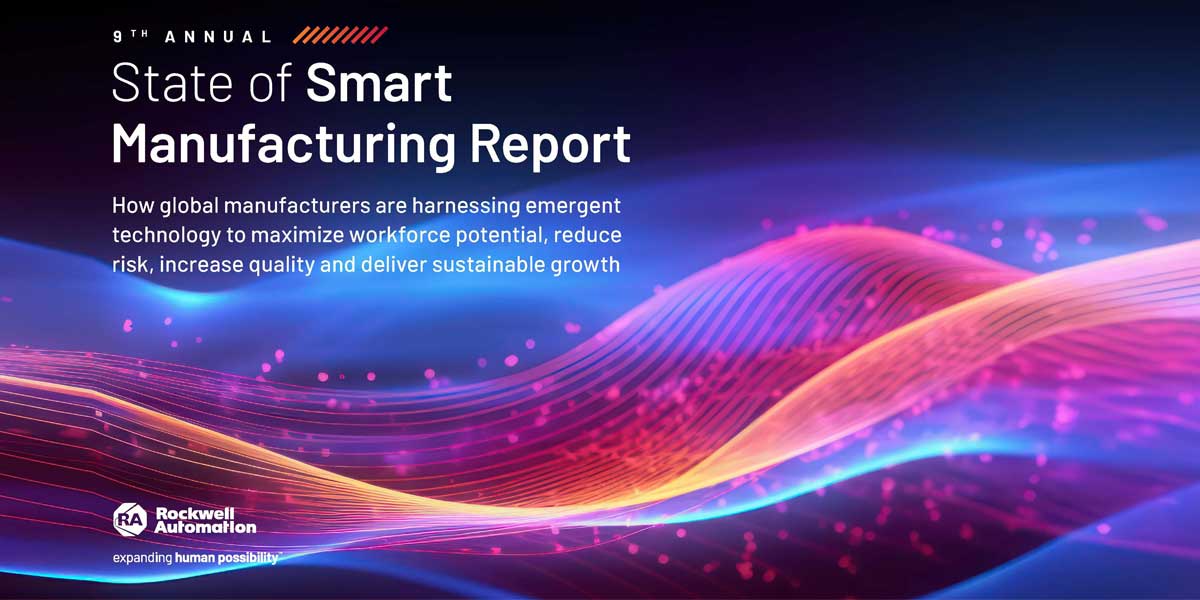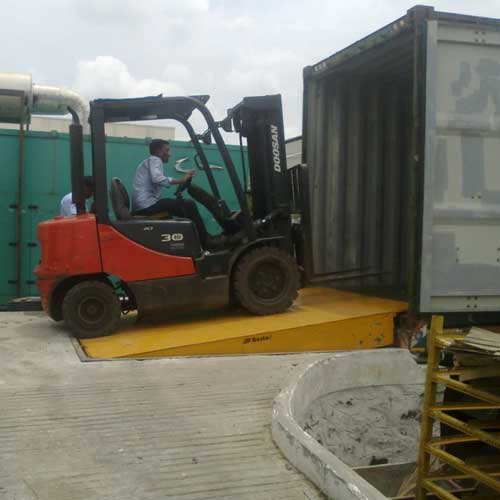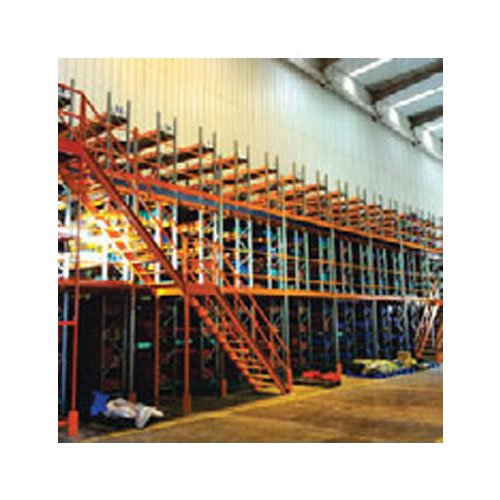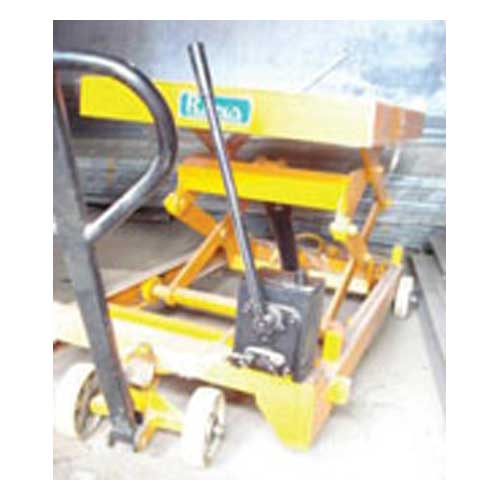Schedule a Call Back
Top 7 trends that will redefine SCM in 2023
 Industry News
Industry News- Dec 30,22

As digital transformation picks up pace, organizations will have to rethink processes to comply with government regulations and ensure customer safety. The supply chain management sector is also set to witness changes in its operations. Highlighted here are seven interesting trends that will redefine Supply Chain Management (SCM) in 2023.
1. Supply chains will become the strategic drivers of business
During the pandemic, companies who had been investing in their SCM were positioned to deal with change more rapidly. For example, a big-box retailer that started to build out their pickup services, their delivery services, etc.; so that when the world pivoted, stores were closed, people still wanted this retailer’s products, they already had all of that investment there. Companies that are building a future strategy would need to think of the criteria, indicators; and how this is a continued investment. The key is to not lock yourself into anything unless you are 100 per cent sure that that is the direction you want to go.
2. Disruption can become a catalyst for supplier collaboration
One major impact that is being witnessed in the oil and gas industry is disruption in operations from raw material shortages and delays, and headwinds brought about by inflation increasing price of materials. Companies are getting to a point where they can’t handle additional demand and will cycle through their existing inventories. The other big area of impact is logistics, supply gets stuck at ports, and clearance and delivery take time due to a shortage of labor. There is also an increase in supplier collaboration. Service levels improve when there is a platform where suppliers can see the demand and can update their commits. In today’s constrained supply market, it’s even more critical to know what your suppliers are able and unable to support and then how best to allocate to high-priority demand.
3. Circularity could change business models
Circularity and supply chain transparency will be critical in the fashion industry, especially as EU regulations will mandate companies to provide details about their carbon footprint. As more consumers are becoming aware of sustainability and HR issues within the industry, purchasing trends may shift towards higher-quality products for those who can afford them or second-hand items. Retailers will also need to start shifting their business models to become more agile, increasing collaboration with their network to produce limited batches but faster to meet the ever-changing demand without compromising the product quality.
The industry challenge now is to move to more natural, environmentally sustainable fabrics. Circularity means a product needs to be more durable, as well as recyclable, reusable, recoverable, etc. In major markets such as Europe, consumers are looking for more durable, long-lasting products, because products that do have these characteristics become waste and go to landfill faster. Brand manufacturers will likely need to engineer their business models to accommodate a lower turnover rate of higher-cost, more durable products on a year-over-year basis. This will characterize the transition to a sustainable, circular economy.
4. Product footprinting will become more prevalent
Over the next three to five years, industries will have to incorporate true sustainability—not simply adhere to or comply with sustainability reporting standards. Companies will have to transparently share metrics related to their decarbonization efforts or their use of non-sustainable materials in their product lines. Historically, the product 'footprinting' exercise was both tedious and expensive. Typically, product life cycle studies included just a handful of products, and results were extrapolated to similar products. Currently, there's a lot of effort being devoted to making the product life cycle assessment process more automated and streamlined. The goal is to create templates allowing you to generate product environmental footprints efficiently, thereby increasing the throughput of the process without requiring highly specialized domain expertise.
5. Impact of data proliferation on demand forecasting
The things you buy and use to the things that you say and do - all of this is going to become data. It's going to get bigger and bigger. Traditionally, companies had one stream of data, which was their sales, shipment, or invoice history. That single stream of history was used to indicate what you're likely to do next month and next year. Now you have access to 1,000 to 3,000 streams of external data. In five years, that will be 50,000 to 100,000.
Businesses know if they do not start (incorporating AI/ML) now, they are going to lose because they know that their competitors are doing it. It has become an essential activity. From a role standpoint, companies should have a demand analyst or a data scientist, an analytical resource who can work with the data and make the machine run.
Companies must understand what internal and external data drivers they need, where they come from, and, once you have the information, how to manage it so that it makes sense within the technology platform. So, it is a vast topic, but you can’t get machine learning to work without obtaining that data.
6. Need for supply sensing capabilities to navigate uncertainties
The CPG industry has experienced unprecedented disruptions since the beginning of Covid-19. Companies have been facing inflation (i.e., the Food Price Index rose 20 per cent since 2020-21; source: BCG research), capacity constraints in logistics resulting in significant price increases (i.e., 61 per cent cost increase for flatbed trucks since 2020-21; source: BCG research), changing consumer behaviour (i.e., online shopping increased 40 per cent; source: NPD), and raw material shortages never experienced before (futures prices for commodities such as wheat have reached the highest levels ever in March 2022, source: WSJ September 8th, 2022).
These challenges are not expected to improve in 2023 and beyond, and companies are facing a new normal of operating in a world of constant disruption. As a result, there is a continued need for companies to invest in new processes, organizational models, and new technologies to help manage supply chain complexities and costs, and potentially sense disruptors before they impact the supply chain. Organisations that anticipate and manage through disruptions will set themselves up as industry leaders.
7. AI will continue to shape the workplace of the future
A key aspect of any technology, including Artificial Intelligence (AI), is that it should augment human capabilities by providing computational models, powered by relevant data, to enable fact-based and unbiased decision-making. We see increasing levels of automation permeate many jobs today, both in factories as well as in the headquarters offices of many companies. The outcome of this automation is that companies will have access to very granular data about employees, their productivity, and the ratio between value-added vs. non-value-added activities in their work patterns. Creating a new technology-enabled management system will be required to achieve high-performing organisations in any industry.
About the author:
Igor Rikalo is the President and Chief Operations Officer of o9. Whether it is driving demand, aligning demand and supply, or optimising commercial initiatives, any planning process can be made faster and smarter with o9’s AI-powered digital solutions.
Related Stories

Hindalco partners with Ador Welding to enhance employees’ welding skills
Ador Welding Ltd and Hindalco School of Excellence have launched two key initiatives - the Training of Trainers (TOT) program and the Evaluation and Certification of Trainees in the welding trade.
Read more
Indore’s RR CAT plans AI-driven innovations in welding
RRCAT’s proposal, which aligns with the government's AI (artificial intelligence) vision in Amrit Kaal, has already secured approval at the Department of Atomic Energy (DAE) level.
Read more
Rockwell's new study finds GenAI as top tech investment for manufacturers
According to Rockwell Automation’s Global State of Smart Manufacturing Report, AI ranks as the top capability that manufacturers believe will drive the biggest business outcomes. 83% of manufactur..
Read moreRelated Products

Dock Leveller
Besto Material Handling Equipments offers a wide range of dock leveller.

Multi Tire
SCI Storage Solution offers a wide range of multi tire.

Industrial Lifting Equipment
Rana Material Handling Equipments Pvt Ltd offers a wide
range of industrial lifting equipment.












